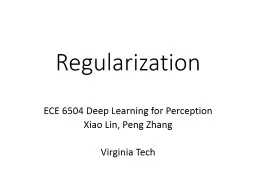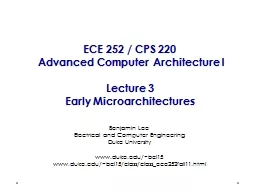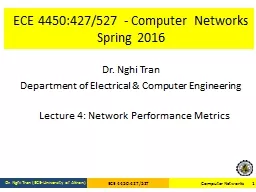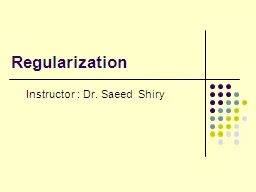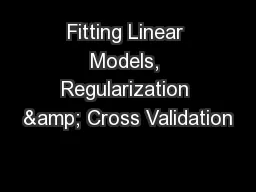PPT-Regularization ECE 6504 Deep Learning for Perception
Author : lois-ondreau | Published Date : 2018-11-09
Xiao Lin Peng Zhang Virginia Tech Papers Srivastava et al Dropout A simple way to prevent neural networks from overfitting JMLR 2014 Hinton Brain Sex and Machine
Presentation Embed Code
Download Presentation
Download Presentation The PPT/PDF document "Regularization ECE 6504 Deep Learning fo..." is the property of its rightful owner. Permission is granted to download and print the materials on this website for personal, non-commercial use only, and to display it on your personal computer provided you do not modify the materials and that you retain all copyright notices contained in the materials. By downloading content from our website, you accept the terms of this agreement.
Regularization ECE 6504 Deep Learning for Perception: Transcript
Download Rules Of Document
"Regularization ECE 6504 Deep Learning for Perception"The content belongs to its owner. You may download and print it for personal use, without modification, and keep all copyright notices. By downloading, you agree to these terms.
Related Documents

